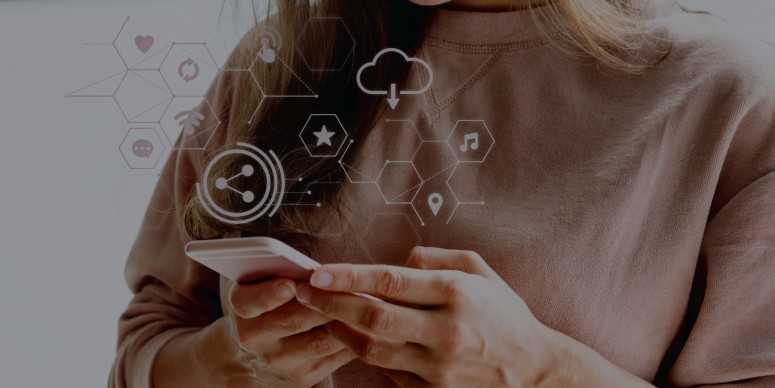In today’s post, we’ll go over the Internet of Things and some IoT forecasts made for the near future. What are the challenges and benefits of future developments in the IoT sphere? Read further to find out more.
Internet of things (IoT) is taking the reins: already in 2008, there were more connected devices than there were people on earth, it’s anticipated that by 2020, there will be in the world 50 billion devices connected to the internet and by 2025, 75 Billion devices. Meanwhile, 87% of the people out there still don’t know what “internet of things” means.Inspired by the comprehensive
overview article by Ana Bera, we dive into global IoT stats and discuss what’s in hold.To not use overly technical vocabulary, the Internet of Things actually means connecting all the things in the world to the internet. We could use those connected things for remote monitoring and control. We could use them to send or receive information, or both. The ability to send and/or receive information is what makes things smart.From connected cars and homes to connected healthcare, agriculture and manufacturing - as the aim is to connect as many things as possible, we can find examples of IoT applications in more and more realms.Because it provides them better insight into and control over the objects and environments. From an enterprise point of view,
IoT solutions allow companies to improve their existing systems and also build entirely new connection points to customers and partners.If we were to look at the global IoT market shares, we can see that the smart cities hold the biggest one (28,6%) as well as some of the
planet’s most remarkable demonstrations of the IoT’s potential. In a row, there’s industrial IoT (26,4%) and healthcare (22%). However, it is anticipated that by 2020, around 40% if IoT technology will be health-related, more than any other category.The Industrial Internet of Things, sometimes called IIoT, takes networked sensors and intelligent devices and applies them to the manufacturing floor. That move will permit the manufacturers to collect data to drive artificial intelligence and predictive analytics. If we collect and analyze this data, we can make business processes more efficient. As for the industries, the IIoT is of particular interest to the manufacturing, retail, utilities and transport industries.As healthcare services are getting costlier and the global population is aging, the
IoT solutions are easier on a pocket and in terms of accessibility. We can use them for real-time monitoring and alerts, remote medical assistance, collecting better-quality information and data, etc.
- Data collection - To derive any sort of value from the data generated, organizations must have the correct systems in place to be ready to collect process and act upon data. But without a strategy, the companies remain unable to connect, gather or understand the data.
- Data security - With access and ability to monitor such vast amounts of data, guaranteeing the security of that information is vital. In fact, 35% of IT leaders have cited security as a top barrier to IoT success.
- Operational costs - In the long run, IoT technology might be profitable for companies, but many companies doubt when making the initial investment. The maintenance costs or the training that the employees need to properly use the technology also add to the expected investment.
